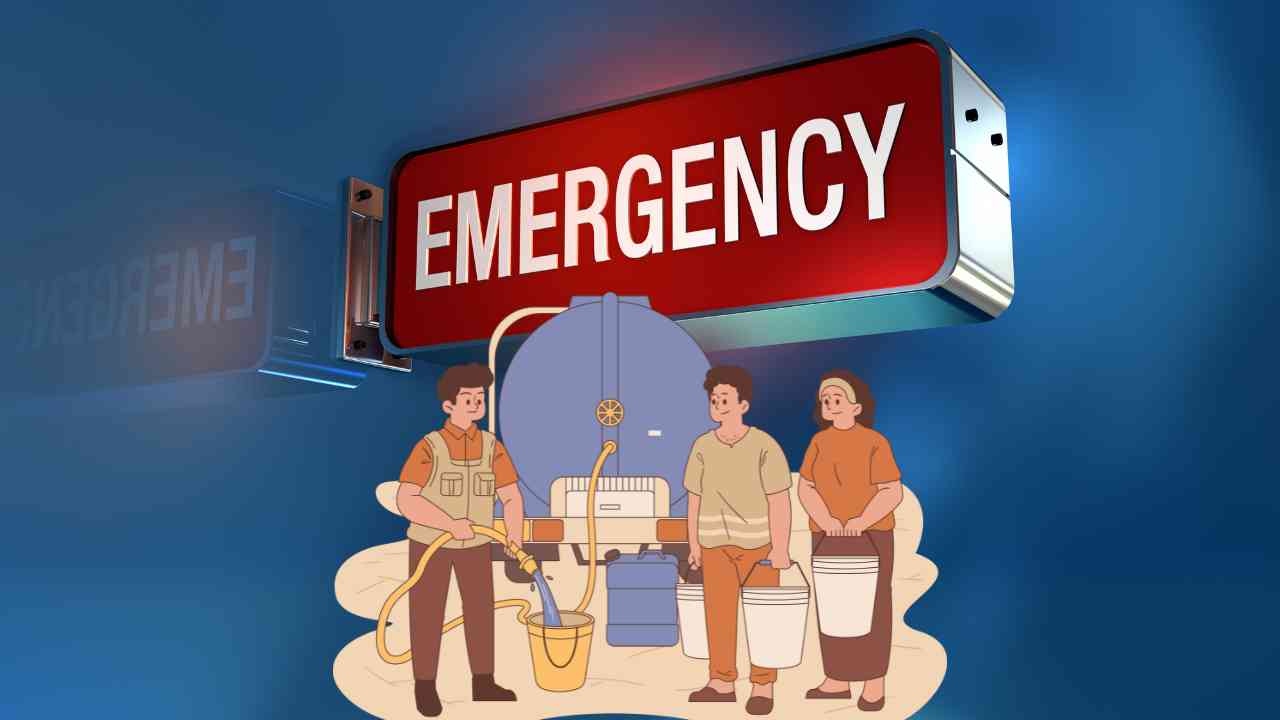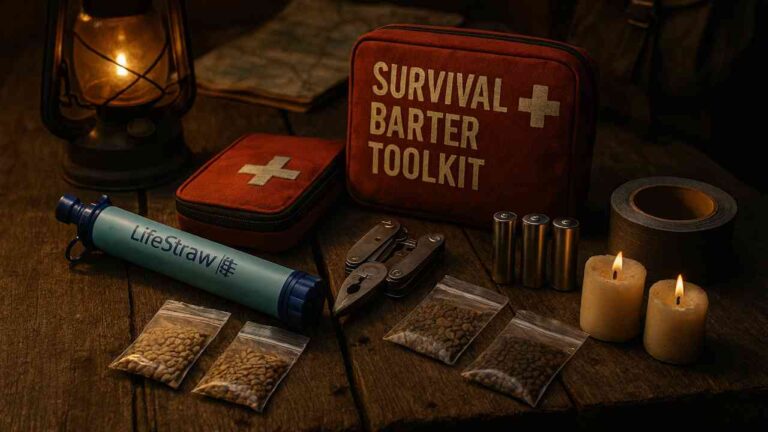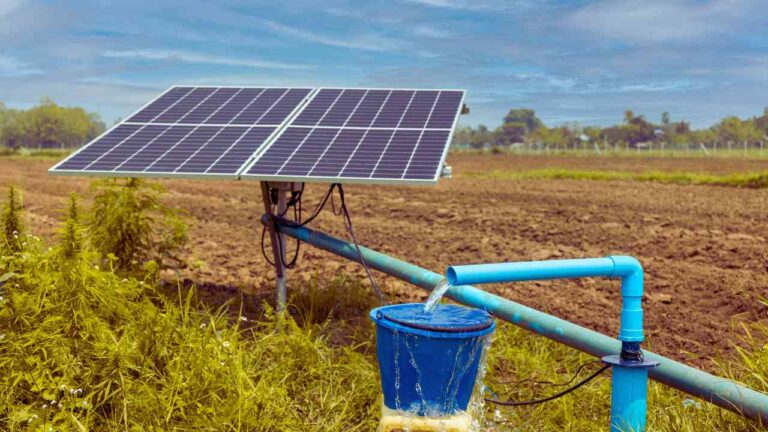Key Takeaways
- Emergency Sanitation Solutions are vital for staying safe during disasters or water shortages.
- Always prepare a sanitation kit with essentials like portable toilets, soap, and liners.
- Set up handwashing stations using tippy taps if running water is unavailable.
- Use bucket or twin-bucket toilets when plumbing fails.
- Dispose of waste properly to avoid contamination and illness.
- Reuse greywater carefully and keep wastewater away from shelters.
- Tailor facilities for children, elderly, and disabled individuals.
- Clean regularly and monitor for early signs of disease.
Introduction
Are You Prepared to Handle Sanitation Challenges During a Crisis? When a disaster hits—like a flood, hurricane, or blackout—everyday things we depend on can stop working. Toilets may not flush. Clean water might not come from the tap. Garbage might pile up fast. In moments like these, staying clean and safe becomes a big challenge.
That’s where emergency sanitation solutions come in. These tools and tips help you manage waste, stay healthy, and avoid disease—even when the normal systems break down. In this guide, we’ll walk you through what to do, what to have ready, and how to protect yourself and your family during an emergency.
Understanding Emergency Sanitation
Emergency sanitation means safely handling human waste, dirty water, and hygiene when toilets and sinks stop working. It’s not just about comfort—it’s about survival. Without clean places to go or ways to wash up, germs can spread quickly and make people very sick.
In fact, disease outbreaks often follow natural disasters simply because proper sanitation isn’t in place. That’s why having a plan matters. In this guide, we explain easy, smart ways to manage sanitation—even without power or plumbing—so you can stay safe, healthy, and in control when it matters most.
Why Emergency Sanitation Solutions Are Vital?
In crises, inadequate sanitation can lead to outbreaks of diseases like cholera and dysentery. Implementing emergency sanitation solutions ensures:
- Health Protection: Clean sanitation stops dangerous germs from spreading, helping to prevent diseases like cholera, dysentery, and other infections during an emergency.
- Environmental Safety: When human waste isn’t handled properly, it can pollute nearby rivers, lakes, or soil, putting entire communities and wildlife at risk.
- Community Well-being: Access to clean, private sanitation helps people feel safe, respected, and cared for, even in the middle of a disaster.
Sanitation Challenges in Emergencies
Disasters bring many unexpected problems. These are some of the most common sanitation issues:
- Lack of Toilets: Natural disasters can destroy bathrooms or make them unsafe, forcing people to go outside without privacy or safety.
- Water Shortages: Clean water is often hard to find during emergencies, making it difficult to wash hands, bathe, or clean supplies.
- Waste Accumulation: Without working systems, human and household waste can build up quickly, creating bad smells, unsafe areas, and health risks.
- Resource Constraints: Sanitary items like toilet paper, soap, or portable toilets may be in short supply, leaving families unprepared and at risk.
Basic Emergency Sanitation Supplies
| Item | Purpose |
| Portable Toilets | Temporary waste management |
| Hand Sanitizer | Hand hygiene without water |
| Disinfectants | Surface and waste sanitation |
| Plastic Bags | Waste containment |
| Toilet Paper | Personal hygiene |
DIY Emergency Toilet Options
When regular toilets aren’t working, these simple solutions help you stay safe and clean:
- Bucket Toilet: Use a 5-gallon bucket lined with heavy-duty trash bags. Add a toilet seat on top for comfort. You can sprinkle in kitty litter or sawdust after each use to reduce smell.
- Cat Hole: If you’re outdoors, dig a hole at least 6 inches deep and 4–6 inches wide. After using it, cover waste with soil. Always dig these far from water, homes, and footpaths.
- Twin-Bucket System: Use two labeled buckets—one for pee and one for poop. This keeps waste separated, reduces odor, and makes it easier to treat or dispose of each type safely.
Note: Always set up your emergency toilet at least 200 feet away from any water source, kitchen, or sleeping area to avoid contamination.
Safe Waste Disposal Methods
Proper waste handling keeps people and the environment safe:
- Burying Waste: Dig a hole at least 6–8 inches deep and 200 feet away from water sources. Cover with soil and mark the spot to avoid reusing it.
- Sealed Bags: Double-bag solid waste in thick plastic bags. Store in a sealed container until you can dispose of it properly. This reduces smell and prevents leaks.
- Chemical Toilets: Portable toilets with chemicals break down waste and control odors. They’re a great solution when available, especially for long-term use in emergencies.
Maintaining Personal Hygiene
Clean hands and body help stop germs, even without plumbing:
- Hand Hygiene: Always use hand sanitizer with at least 60% alcohol after using the toilet and before eating. It’s the best defense against harmful bacteria.
- Body Cleaning: If water is limited, use baby wipes or a wet washcloth to clean your body. Focus on underarms, face, and private areas.
- Oral Care: Use bottled, boiled, or treated water to brush your teeth. Keep a toothbrush, toothpaste, and cup with your emergency hygiene kit.

Water Purification Techniques
Making water safe is essential when your tap stops working:
- Boiling: Bring water to a rolling boil for at least 1 full minute. If you’re above 6,500 feet, boil it for 3 minutes.
- Chemical Treatment: Use water purification tablets or household bleach (unscented). Add 8 drops per gallon, stir, and let it sit for 30 minutes.
- Filtration: Use portable water filters or straw filters to remove dirt and germs. Some advanced filters also remove viruses.
Explore more about Water Purification Methods….
🧾 Table: Emergency Sanitation Solutions
| Type | Solution | Use Case |
| Toilet | Bucket Toilet | Home use during plumbing failure |
| Toilet | Cat Hole | Outdoor survival or camping |
| Toilet | Twin-Bucket System | Long-term emergencies, odor control |
| Waste Disposal | Burying Waste | Rural/wilderness use |
| Waste Disposal | Sealed Bags | Urban areas or temporary shelter |
| Waste Disposal | Chemical Toilets | Extended group shelter or mobile use |
| Hygiene | Hand Sanitizer | When water isn’t available |
| Hygiene | Wet Wipes | Daily cleaning without running water |
| Water Purification | Boiling | Reliable when heat source is available |
| Water Purification | Tablets/Filters | Fast, portable water treatment |
Handwashing Without Running Water
Set up a tippy tap:
- Hang a water container with a small hole near the bottom to allow controlled water flow.
- Attach a foot lever using a stick or rope, so the container tips when stepped on.
- Place soap nearby on a clean surface or in a mesh bag to keep it accessible.
This method uses minimal water, keeps hands clean, and avoids hand-to-water contact.
Managing Greywater and Wastewater
- Reuse: Water from washing dishes or clothes (greywater) can be used for flushing makeshift toilets. Avoid using it near food or for handwashing.
- Containment: Always store wastewater in sealed, marked containers to avoid leaks, smells, or attracting pests.
- Disposal: Pour wastewater at least 200 feet away from water sources or homes to protect your environment and health.
Special Considerations for Vulnerables
- Children: Use colorful, low-height toilet seats and ensure adult supervision to keep sanitation safe and stress-free.
- Elderly: Provide sturdy support bars and seated options. Keep supplies like wipes and sanitizer within easy reach.
- Disabled Individuals: Design wider toilet access, raised seats, and handwashing stations suited for wheelchairs or mobility aids.
Emergency Sanitation Kits
Prepare a basic kit with the following essential items:
- Portable Toilet or Bucket: Choose one with a lid and liners for easy use and cleaning.
- Hand Sanitizer and Soap: Alcohol-based sanitizer and biodegradable soap for safe, effective hygiene.
- Disinfectants and Bleach: To clean surfaces, kill germs, and treat contaminated areas.
- Plastic Bags and Liners: Use strong trash bags to manage waste securely.
- Toilet Paper and Wipes: Stock plenty of toilet tissue and personal wipes for cleaning.
📋 Quick Table: Emergency Sanitation Checklist
| Item/Setup | Purpose |
| Tippy Tap | Water-saving handwashing |
| Greywater Storage | Reuse & safe wastewater handling |
| Child-Friendly Toilets | Sanitation suited for children |
| Mobility Support Toilets | Comfort and safety for elderly/disabled |
| Daily Disinfection Routine | Disease prevention |
| Emergency Kit Supplies | Basic sanitation during any crisis |
Final Verdict
In any crisis, staying clean and safe should always be a top priority. Emergency Sanitation Solutions help protect your health, the environment, and the well-being of everyone around you. Whether you’re dealing with a power outage, natural disaster, or water shortage, having the right tools and plans in place can make a big difference.
From DIY toilets to simple handwashing setups, these solutions are easy to use and highly effective. At BuySmart, we believe every household should be ready. Prepare now, stay safe later—because smart sanitation saves lives when it matters most.
Sources
- CDC: Emergency Sanitation
- FEMA: Food and Water in an Emergency
- CDC: Water Safety
- Loma Linda University: Emergency Sanitation
- PuroClean: Essential Tips







